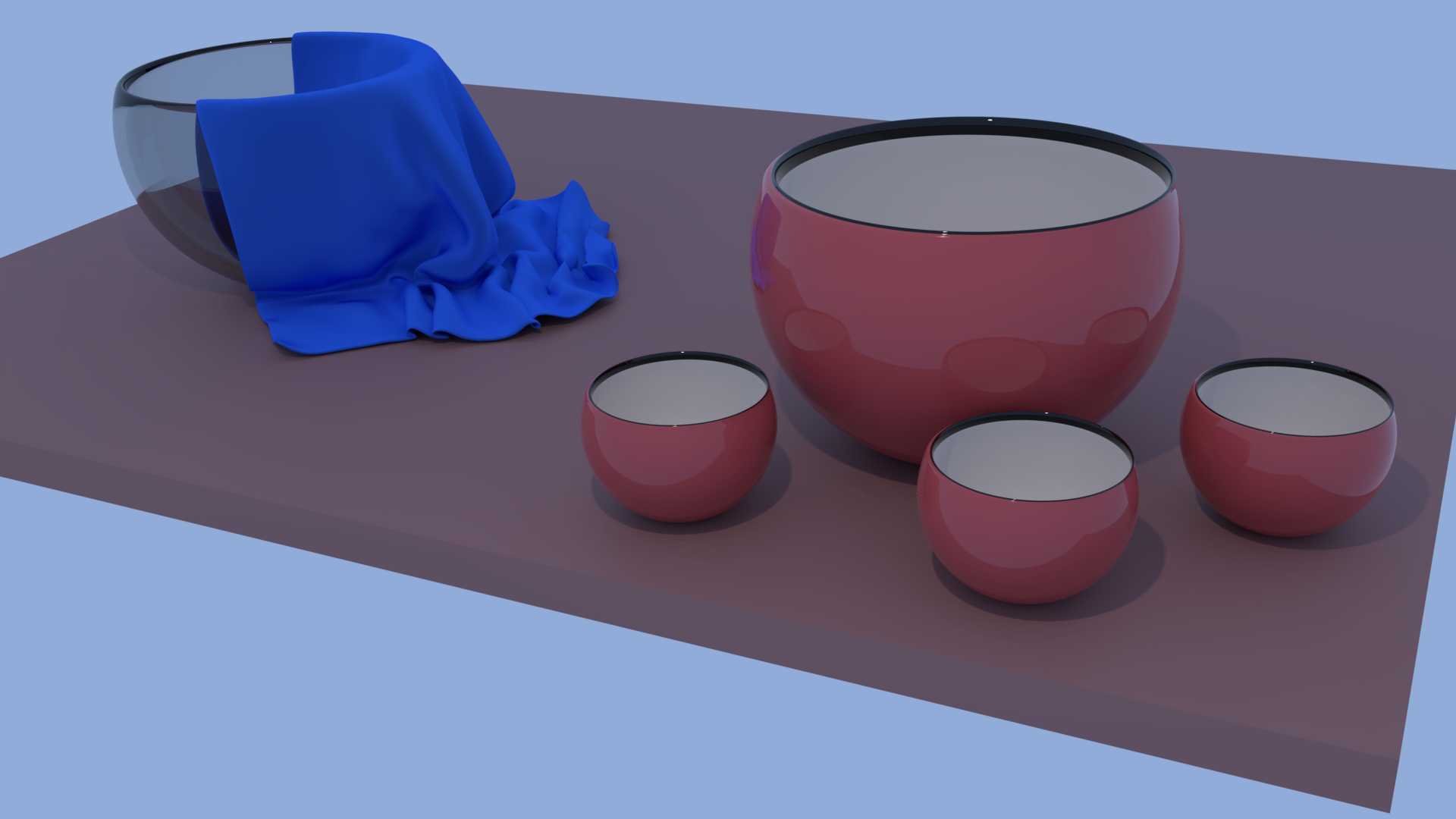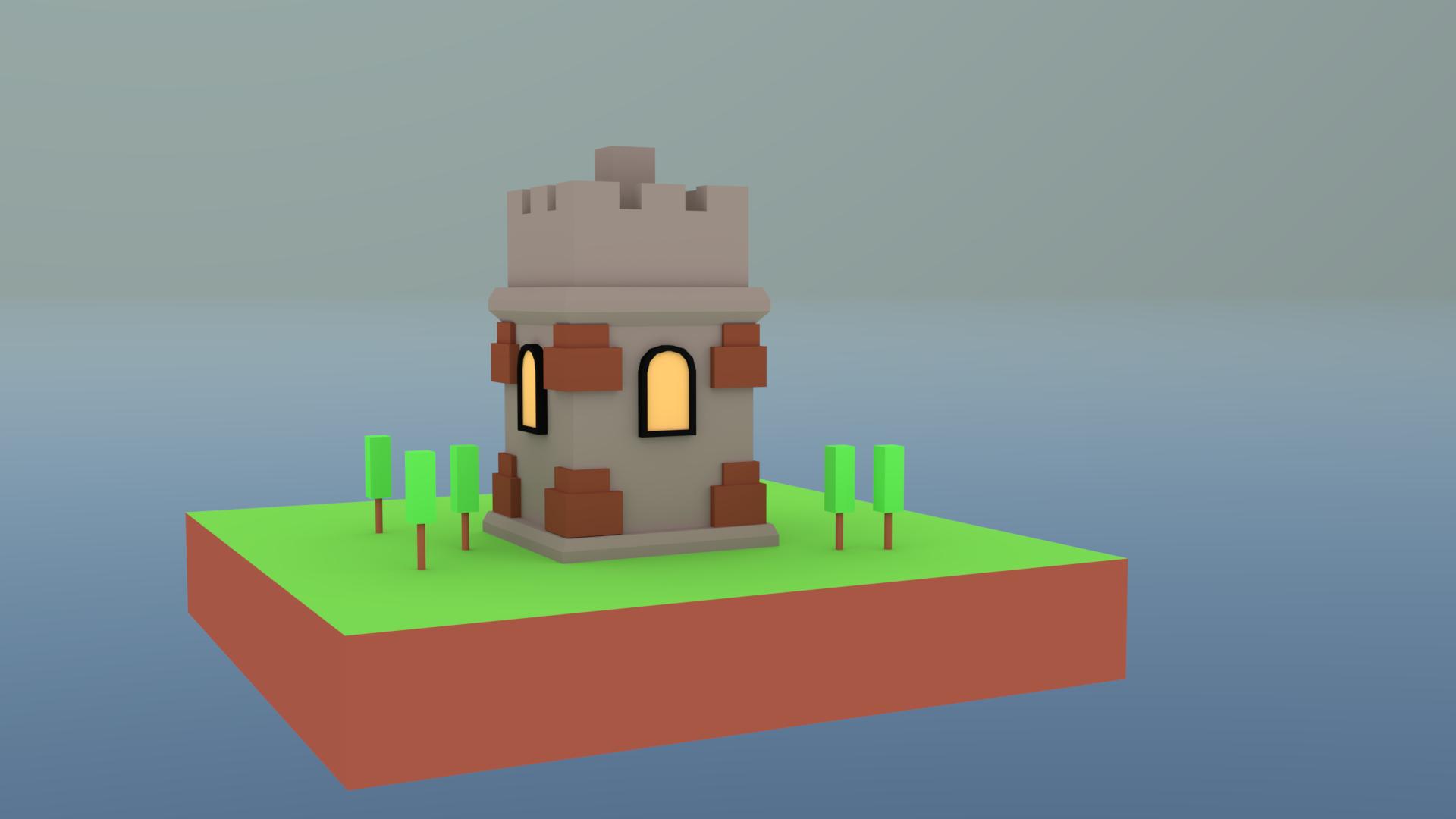Blender, one of the most prominent and powerful open-source 3D creation suites in the world today, has a unique history rooted in innovation, resilience, and community collaboration. Initially developed as a proprietary tool within a commercial studio, Blender’s journey from private software to open-source leader illustrates the transformative power of community-driven development in the digital age.
The story of Blender begins in the mid-1990s with the Dutch animation studio NeoGeo, co-founded by Ton Roosendaal. NeoGeo quickly became the largest 3D animation house in the Netherlands, producing commercial animations, visualizations, and interactive content for various clients. However, the available 3D tools at the time were expensive, cumbersome, and often ill-suited to the studio’s specific needs. In response, Roosendaal spearheaded the development of an in-house software solution tailored for NeoGeo’s production workflows. This tool, designed to be lightweight, efficient, and highly interactive, would later evolve into what became known as Blender (Blender Foundation, 2022).
Recognizing the broader potential of the software, Roosendaal founded a new company, Not a Number (NaN), in 1998. NaN’s mission was to develop and market Blender as a free-to-use application supported by additional commercial services and a planned premium version. The first public release of Blender occurred on January 2, 1998, distributed as freeware. It quickly gained attention for its remarkably small size (under 2 MB), fast performance, and highly modular interface, which was unlike any other 3D software at the time. However, Blender’s steep learning curve and unconventional UI posed challenges for new users.
NaN attempted to monetize Blender by raising venture capital and offering professional services, but the early 2000s were a turbulent time for tech startups. Following the collapse of the dot-com bubble, NaN was forced to shut down in 2002. At this critical moment, Blender’s future seemed uncertain; without an active company to support it, the software risked becoming abandoned.
Rather than letting Blender disappear, Ton Roosendaal launched an ambitious campaign to “free” the software. He established the Blender Foundation, a nonprofit organization aimed at supporting open-source development. In mid-2002, the Foundation initiated the “Free Blender” campaign, aiming to raise €100,000 to buy Blender’s source code from the investors. Thanks to strong support from the Blender community, the goal was met within just seven weeks, and Blender was officially released under the GNU General Public License (GPL) on October 13, 2002.
This marked a profound turning point. Blender transitioned from a closed product into a fully open-source project, open to contributions from developers worldwide. Freed from commercial constraints, Blender’s development accelerated dramatically. Volunteers and professional contributors alike began improving the software, adding features, fixing bugs, and reworking its interface.
Throughout the 2000s and 2010s, Blender steadily matured into a full-fledged 3D content creation suite, capable of handling modeling, animation, rigging, rendering, compositing, video editing, and even game creation. Major milestones included the introduction of the Cycles path-tracing render engine (2011), the Grease Pencil tool for 2D/3D hybrid animation, and the massive 2.8 overhaul in 2019, which redesigned Blender’s interface to be more intuitive and accessible to new users while maintaining the power and flexibility appreciated by veterans.
Blender’s open nature allowed it to become a platform for experimentation and innovation. It has often been on the forefront of integrating new technologies, such as real-time viewport rendering with Eevee, support for virtual reality workflows, and advanced simulation tools like fluid, smoke, and cloth physics engines. In addition to internal development, the Blender Foundation has organized a series of open movie projects — such as Elephants Dream (2006), Big Buck Bunny (2008), and Sintel (2010) — that served both as showcases for Blender’s capabilities and as practical tests to guide further development.
Financial sustainability, a common challenge for open-source projects, has been addressed through the Blender Development Fund. Supported by individual users, companies, and sponsors like NVIDIA, AMD, and Epic Games, the fund provides ongoing financial resources to pay developers for full-time contributions. This model has allowed Blender to continue expanding at a rapid pace without compromising its commitment to open access.
Today, Blender stands as a premier alternative to expensive commercial software like Autodesk Maya or 3ds Max. It is used professionally in fields ranging from game development to visual effects, architecture, scientific visualization, and even feature film production. In 2019, Epic Games awarded Blender a $1.2 million Epic MegaGrant to support its continued growth, a testament to Blender’s growing importance in professional pipelines.
Blender’s development journey reflects the changing landscape of software culture. It demonstrates that high-quality, industry-grade tools can emerge from community effort and that open-source models can rival, and even surpass, traditional proprietary software in innovation and impact. Thanks to the vision of Ton Roosendaal, the passion of thousands of contributors, and the dedication of its global community, Blender has evolved from an internal studio tool into one of the most influential 3D creation platforms in the world.
References
Blender Foundation. (2022). Blender: History. Retrieved from https://www.blender.org/foundation/history/
Roosendaal, T. (2002). The Blender Foundation and the Free Blender campaign. Blender Foundation Archives.




